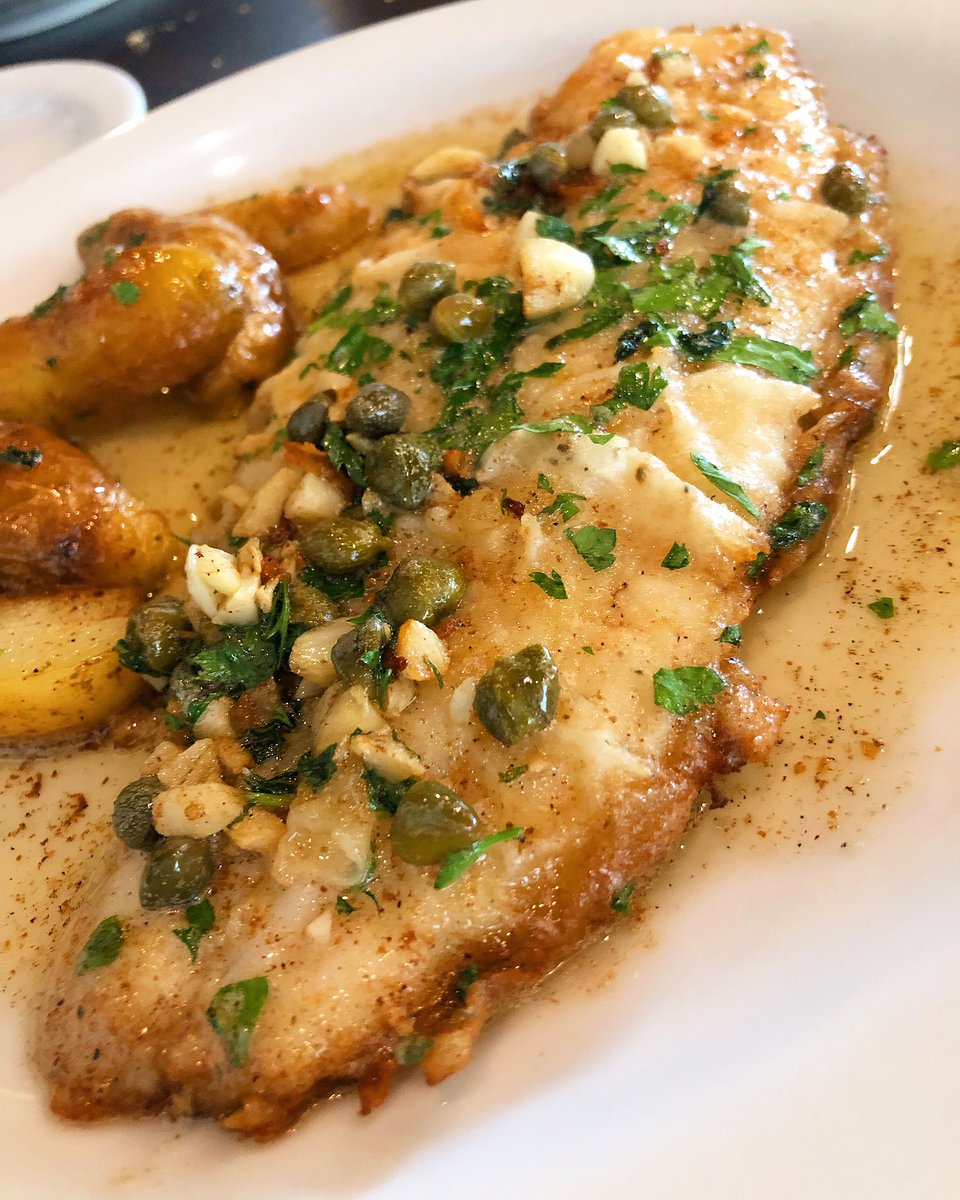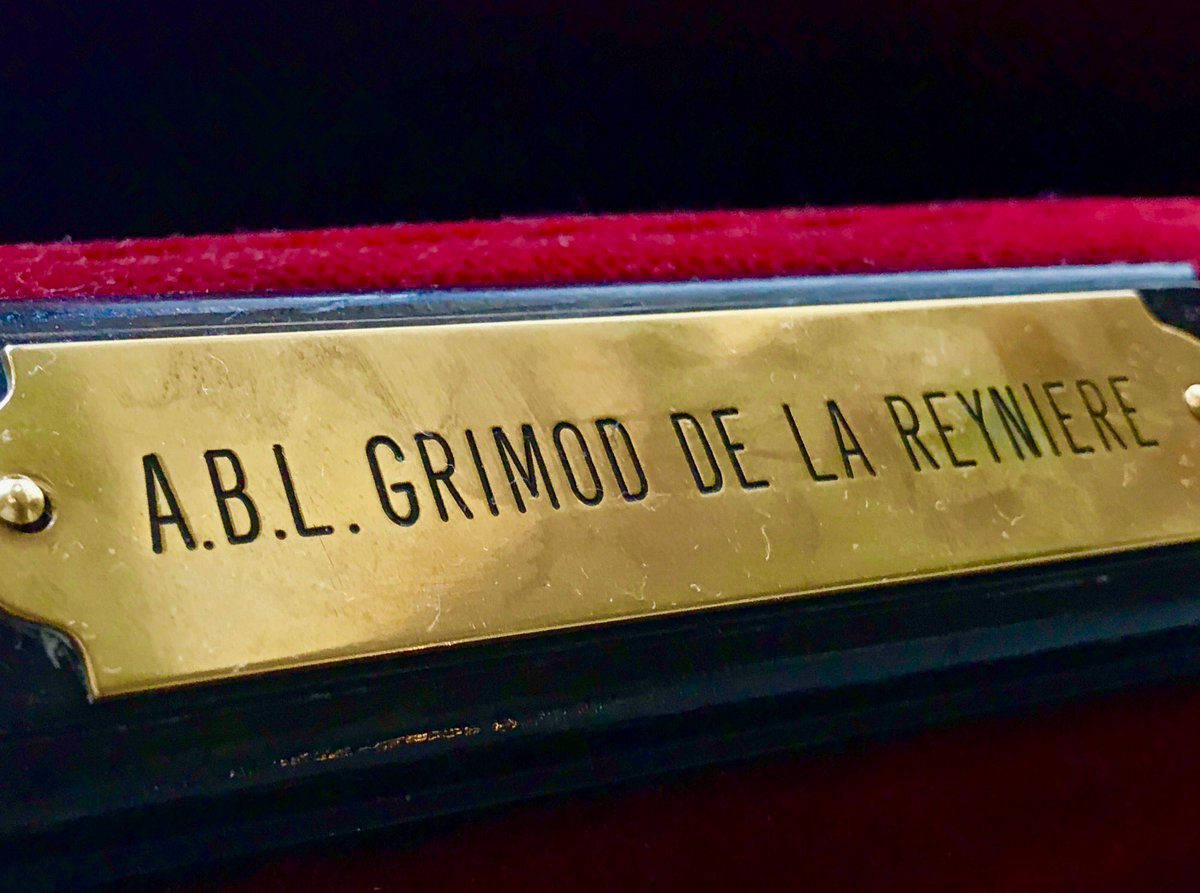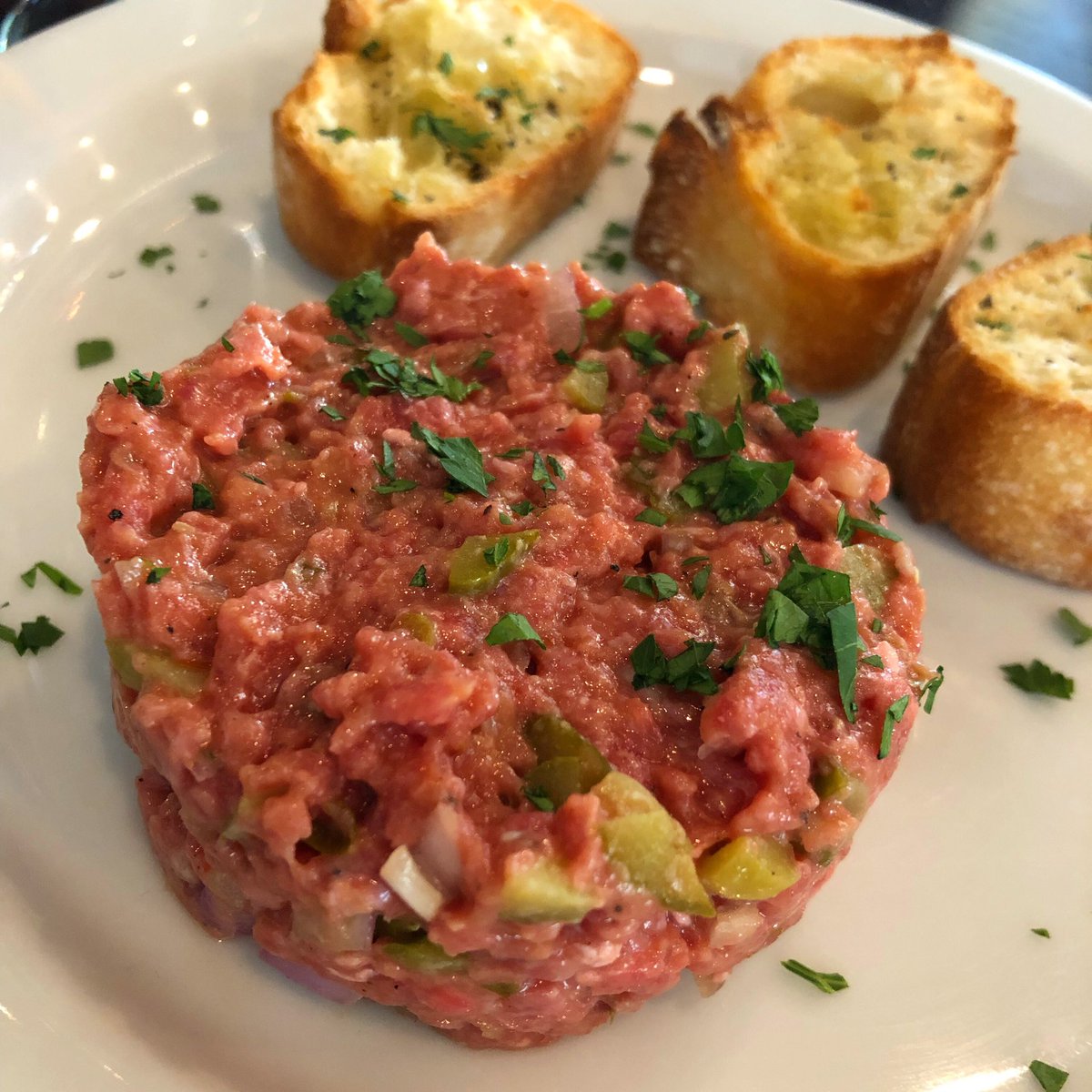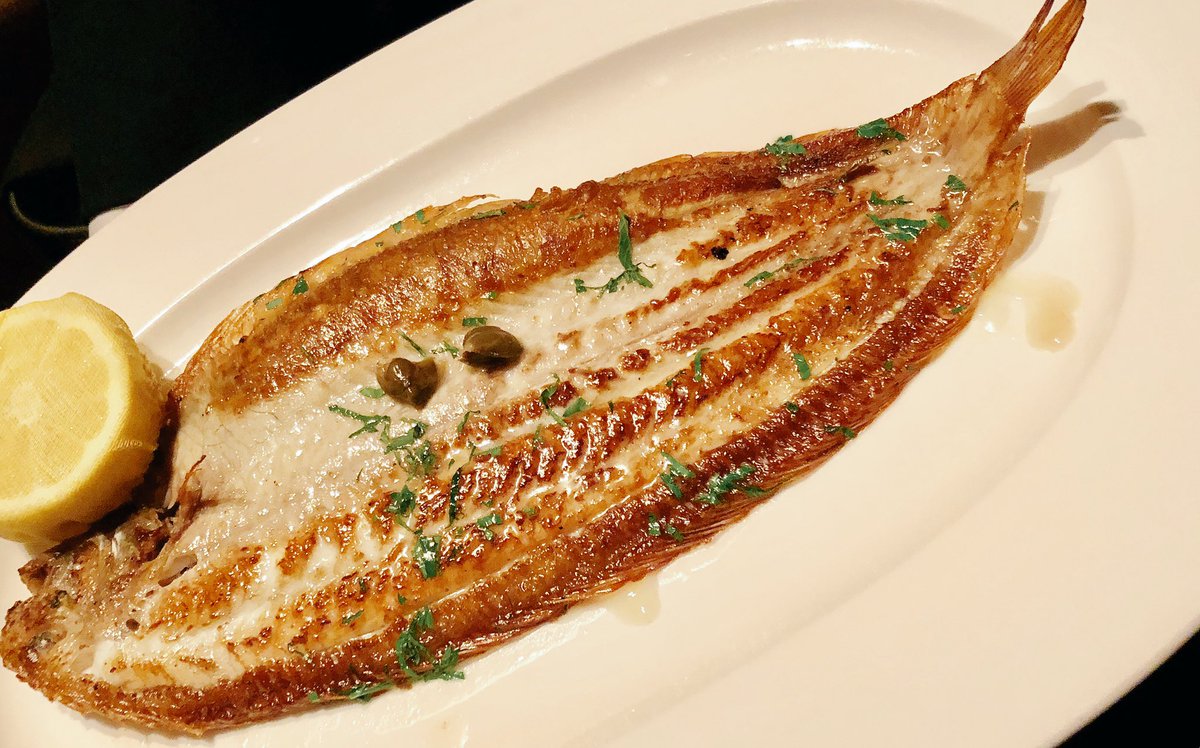
The two questions I get asked most frequently are, 1) How did you become a restaurant critic? and 2) How do you decide where to go…. and how do you critique a restaurant once you’re there?
That’s actually three questions, but for the purpose of this piece we’ll treat the last two as a single inquiry into the my machinations and methodology used when reviewing restaurants.
Regarding question #1: I’ve gone through the story of how I became a critic so many times even I am tired of telling it. The fastest explanation is best summarized by the axiom “In the land of the blind, the one-eyed man is king.” Vegas in 1994 was extremely near-sighted when it came to food, and yours truly was the only one urging our local press to wake up and smell the celebrity chefs. Thankfully, KNPR- Nevada Public Radio was hep to the idea of commentary on our burgeoning restaurant scene, and a (second) career was launched. Click here if you’re interested in some of my (now ancient) reviews.
If you’re interested in spending a few minutes inside the mind of a critic, read on.
Many ask if there is some sort of master plan in how I go about my reviewing business? A highly detailed outline of restaurants charted days, weeks, months in advance for possible exploration, delectation, and possible evisceration. In a macro sense, the first half of the year is spent scouting new territory; the middle three months (summer) is spent writing/updating EATING LAS VEGAS – The 52 Essential Restaurants. Once the final copy is in around September/October, and once I weigh in on Desert Companion’s Restaurant Awards issue, I then spend a couple of months (November-December) trying to lose a few pounds (good luck with that).
On a micro-level, it’s much more ad hoc than you think — a mixture of ear-to-the-ground interest in what’s new, blended with a need to revisit old haunts to see if they’re still up to snuff.
These days my attention centers upon all the action downtown and in Chinatown. Kaiseki Yuzu just opened in its new digs on Spring Mountain Road, and another kaiseki joint is coming hot on its heels, soon to pop its doors on Decatur and SMR in the next month. Apparently there’s an udon noodle bar on West Flamingo that slipped through my attention cracks, and the just-opened ShangHai Taste needs a return since my initial visit only a few days into its run.
Such are the thoughts running through my brain at any moment.
Competing in this crowded space are sugar plums awaiting at the soon-to-open Main Street Provisions and the new Good Pie — two highly-anticipated, chef-driven joints just days away from boosting the Main Street dining scene.
And oh, by the way, someone told me to check out the food at Able + Baker brewpub, and Sheridan Su’s new concept…and isn’t it high time I gave vegetarian tacos a try at Tacotarian?
(Side joke that practically wrote itself: Me, walking past the almost-empty Tacotarian last night: “Why are there no customers in the vegetarian taco joint?” Friend of Me: “Because it’s a vegetarian taco joint.”)
Also swimming through these synapses are yearnings for return visits to tried and true favorites. I really don’t need to go back to Sage, Bardot Brasserie, Le Cirque, Bazaar Meat or Guy Savoy to remind myself how tasty they are, but their menus beckon me like the seductive song of a siren. Odysseus may have strapped himself to a mast to resist his temptations, but my only restraints are time and my waistline.
The older I get, the more I realize how my appetite for restaurants usually splinters into one of three shards when the stomach growls: there’s the curious (“I need to try check out _____)”), the complacent (“Let’s go to an old favorite”), and the conscientious (“Duty demands I revisit ______, even though I have -0- interest in doing so.”) Thus am I compelled, sometimes, to haul my ass to some far corner of the Vegas valley to check out a chef, or recheck that I either still like or loathe someplace. (It was this motivation that led me to embark on a cook’s tour of classic Las Vegas restaurants a few years ago….a trek for which my stomach still hasn’t forgiven me.)
Having decided on where, the next issue is how. As in: How do I size up the places I write about?
Before I go any further, let’s start by stating I am well aware of the subjectivity involved in judging anything that involves personal taste — be it food, fashion, music, or movies. If you like your burgers well done I feel sorry for you, but you are not wrong.

I could argue with you that you’re not experiencing your burger’s inherent juicy, tangy, deep-roasted wonderfulness by eating it one step removed from a piece of desiccated charcoal, but if that’s how you like it, so be it. What I will do is explain that the full flavor of the meat is being shortchanged by a chef who either doesn’t know or care to lift the patty off the grill at the “right” time. In this sense, I am merely reflecting popular wisdom (and perhaps my own prejudices) about when beef tastes best.
But there are standards in cooking and restaurant operation (just as there are in music performance and movie production). All a food critic does is try to hold a restaurant to them.
All a restaurant review does is filter a consumer product through his own prism. A writer should never lose sight his own prejudices, lest the focus of the review become more about him than what is on the plate. I strive to remember this unless, of course, you are dead wrong about liking some shitty Italian restaurant, or gluten-free anything.
As for the standards I try to uphold, the criteria is much different for new v. old.
At an old favorite, I let my guard down and take a lot for granted. All I’m there for is to confirm that the place hasn’t lost its fastball.
A new joint gets the full once-over: from the lighting to the silverware to the taste of the water they pour.
How’s the greeting? Where is the greeting? Is it awkward? Polished? Sure, they might know me, but how are those three ladies right behind me addressed? Does it feel good in there? Do you get a feeling of comfort and warmth when you enter, or something more cool and aloof?

What about the chairs? The booths? The depth of the seats? Their width? Do you stick to them? Slide off? Does the table wobble? (Iconic old eateries get a pass here; brand new ones, not so much.)
Is the design unique? (Hatsumi) DIY? (Elia Authentic Greek Taverna) Beautiful? (Lamaii, Weera Thai Kitchen) Hackneyed? ( Majordomo) Or does it fit the food? (Rao’s) (BTW: nothing gets graded on steeper curve than decor. Local joints hanging on by a thread get a lot more leeway than Strip hotels who pay millions to come up with the hideous cruise ship look (Lago), or a coffee shop/bus station (the otherwise excellent StripSteak).
Is the place too big? (Usually, yes, e.g. Mott 32) Or too small? Or poorly laid out?
Can you hear yourself think? Does the music intrude? How energized is the staff? Are they working in silent, satisfied synchronicity? (They should be.) There is a hum that great restaurants exude — it can be almost silent as in the case of a haute cuisine frog pond, or close to a cacophonous roar in some over-amplified gastropub — but you know it when you hear it, and it means the place is firing on all cylinders. (If you want to hear what I’m talking about, go to Cipriani sometime.)
What about the napkins? (Polyester? Paper? Real cotton?) The plates? How close are the tables? Does the bar serve food? Does it look comfortable doing so? Would a single diner be happy eating there? Did they spend money on the glassware, or do it on the cheap?
How uncomfortable are the bare tables? Are they naked as a design statement? Or because of an impecunious proprietor?
And while we’re at the table, how clean was it when you sat down? Still wet from a wiping? And how long has it been since those place-mats were steam-cleaned?
Does it smell like a restaurant? Or is the ventilation so good you could be in a library?
Is the staff alert? Young? Old? Happy to be there or biding their time until the Culinary Union calls? Snappily dressed or slovenly? (A staff in t-shirts can look sharp; frayed-around-the-edges formal wear is fooling no one.)
Is there an adult in charge? Or are a bunch of 20-somethings aimlessly looking for direction?

Does that adult help with service? Busing of tables? If a table is in distress, does the manager, or another waiter offer to help, or give you that “it’s not my station, I’ll go find your waiter” look? How fast do the menus arrive? How chatty (too much or not enough) is the waiter?
Can they handle a corkscrew? (You’d be surprised how clueless some waitrons are. This is not their fault. It shows a lack of training, which shows a lack of caring….by management.)
While we’re on the subject: How seamless is the transition from water to cocktails to wine?
Then check out the least sophisticated table in the place. Are they happy? Being treated with respect? Frustrated? Acting intimidated? If the latter, how patient is the staff (or the harried bartender) being with them?
Lastly, and most importantly, is it a passion restaurant or a money restaurant? (Esther’s Kitchen is a passion restaurant; Ada’s – its offshoot – is a money restaurant.)
Then there’s the menu. Easy to read? All over the map? Too descriptive? Minimalist? Too cute? Full of cliches? Tourist friendly or gastronomically challenging? Or a little of both? Can you parse the the food from the card before you, or will you require the assistance of a soothsayer, shaman, and a polymath’s transliteration to figure it out?
Automatic deductions for roasted beets, salmon, scallops, and chicken breasts. Bonus points for offal, strange birds, good soups and singular focus.
Believe it or not, I process most of this information in about 90 seconds.
I’ve usually filed away the answers in the Rolodex of my mind before the food even arrives.
And then it does and then it’s a whole new ballgame. But you’ll have to wait a week to hear about that process.
This is the first of a two-part article.


 (Grimod ate here…at Le Grand Véfour, in Paris, in 1803)
(Grimod ate here…at Le Grand Véfour, in Paris, in 1803) (Straight from Paris to Summerlin)
(Straight from Paris to Summerlin) (Squint real hard and you’ll see the brown butter. Counting the capers is easy.)
(Squint real hard and you’ll see the brown butter. Counting the capers is easy.) (The world’s first restaurant guide)
(The world’s first restaurant guide)






